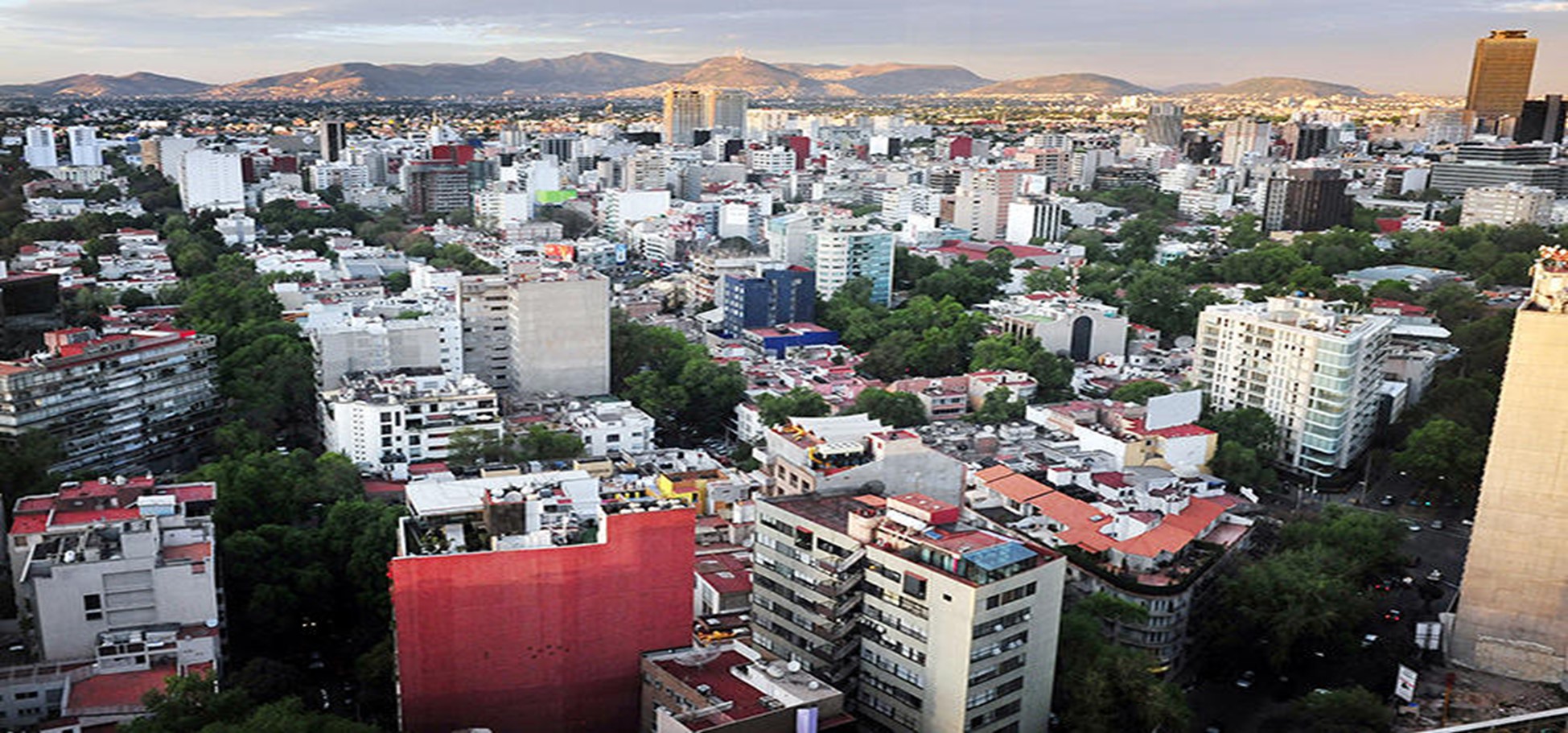Latin America, a Regional Status Report
What has happened since Telefonica's retreat?

In recently reviewing sector changes in Latin America, we recalled the old days when America Movil, Telefonica and BellSouth were the competing operators. And then BellSouth pulled out to focus on emerging competition in its home market, only to be re-absorbed by AT&T. Recently, Telefonica, which used to operate across the region has been retreating and now remains in only a few markets. And in this residual set, Telefonica often does not own the mobile towers it uses.
This has left regional dominance largely to America Movil, with Millicom, Digicel and a few other operators playing subregional or national roles. In Mexico, where America Movil's share is well above 60%, the regulator has been trying to curb its dominance for years, while the region as a whole has been transformed by various versions of populism, including left-oriented ones in Chile and Peru, right-wing in Brazil, and mixed versions in Mexico and Argentina. Nationalizations of telecom operators are not at the top of the political agendas but regulatory pressures have hardened, especially in Mexico, even as the last solution to America Movil's dominance, a "neutral" 4G wholesale operator, has gone bankrupt.
Overall, the region's telecom markets vary highly. Take mobile data prices. According to one metric (average price for 1GB), Chile's $ 0.71 and Brazil's $1.01 contrast with Panama's $6.69 and Mexico's $4.47. What accounts for the range? Chile's four-operator structure may have generated its low prices. As for Brazil, a four-operator (or even five in some areas) appears to have kept prices low. Whether the bankruptcy of Oi and splitting up of its assets across the other three operators will stop this price trend remains to be seen. Meanwhile, Mexico's regulatory efforts do not seem to have produced end results for the end users, in part because the growing economy has allowed prices to stay high.
The Mexico prices are further enabled by limited 4G, with Mexico having less than half Brazil's 4G penetartion. Of course, the Mexican regulator contends it's all due to America Movil's continuing dominance. To put an end to it, the IFT instituted the neutral 4G wholesale network yet no retail operator is using it. Other regulators think that issuing more spectrum is the solution to extending 4G coverage, even as more spectrum can result in competition focusing on urban areas where demand is greatest. 5G, meanwhile, is emerging, notably in Brazil, but only step by step.
Bottom line, how is the region doing in digital terms? One indicator is Internet usage. This has risen to more than 70% of the individuals in Argentina, Chile and Mexico but lags elsewhere. Brazil remains below 50% even as its smartphone adoption leads the region. It appears the Internet is not being used in the favelas or the Amazon region. Rural coverage, income dispari-ties, native languages can all contribute to an Internet shortfall. Even inexpensive smartphones are not enough to close the gap.
 View Printer Friendly Version
View Printer Friendly Version